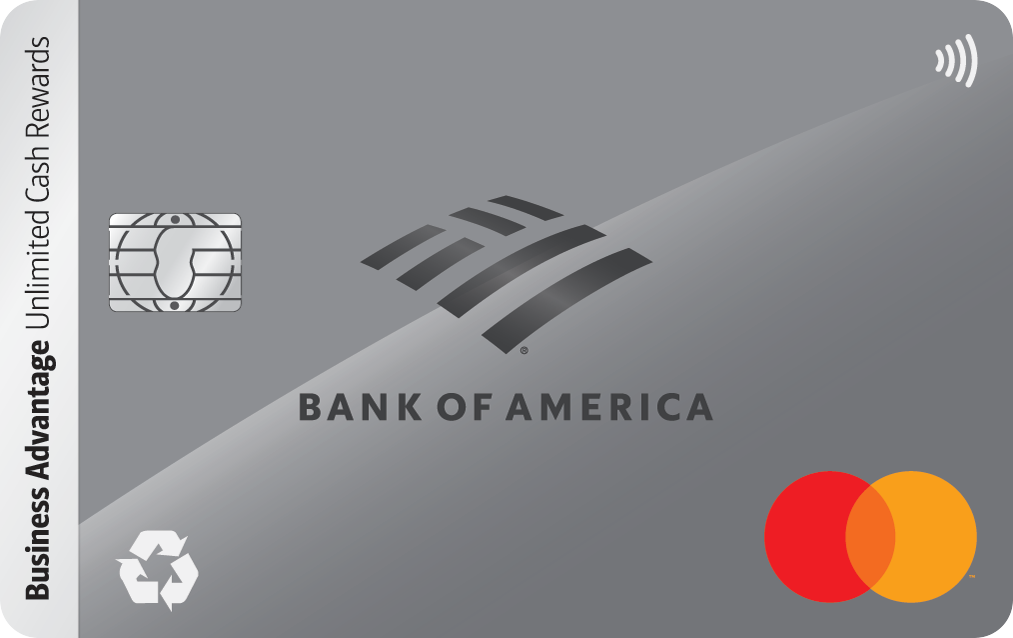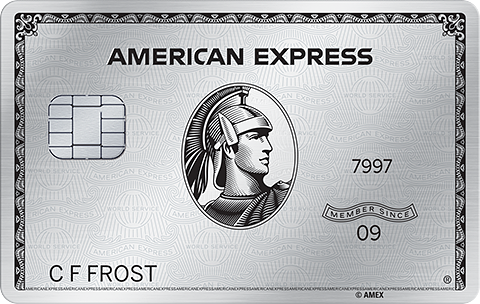How Much Income Puts You in the Upper, Middle, or Lower Class?

Image source: Getty Images
Ever wonder where your income puts you compared to the rest of the country?
I do. Not in a comparison-obsessed way, but more like a quick "Am I doing OK?" check-in kind of thing.
The U.S. Census breaks household incomes into five groups, called quintiles. And depending on where you land, you'll be considered upper class, middle class, or lower class (at least by the numbers).
The income brackets for each class
According to Motley Fool Money research, the median U.S. household income is $83,730. That puts a typical household right in the middle -- but what does "middle class" actually mean these days?
Here's how income breaks down across the five main tiers, based on the latest available U.S. Census data:
| Class | Income Range |
|---|---|
| Upper class (top 20%) | $153,001 or more |
| Upper middle class | $94,000 to $153,000 |
| Middle class | $58,021 to $94,000 |
| Lower middle class | $30,001 to $58,020 |
| Lower class (bottom 20%) | $30,000 or less |
There's a lot of nuance here, especially in that top 20%. For example, the top 5% of households bring in $295,000 or more -- meaning they might earn in a month what lower earners make in a whole year.
Also worth noting: these are national averages. Your lifestyle and cost of living can skew how that income actually feels. Earning $94,000 in San Francisco might feel like you're barely scraping by. But in a small town in the Midwest, that same income can stretch a whole lot further.
Your income matters, but it's not everything
Income alone doesn't equal financial success.
I've met folks earning six figures who are constantly stressed about money. And I've seen people making half that amount who have built up a solid net worth, travel often, and feel totally at peace.
If you're trying to figure out where you stand financially, here are a few signs that you're doing well -- no matter what your income is:
- You save money every month. Whether it's $100 or $1,000, saving consistently is a strong sign you're ahead of the curve. And if that money's sitting in a high-yield savings account earning a top APY, even better!
- You're investing for the future. Contributing to a 401(k), IRA, or brokerage account each month means you're making progress and building wealth for retirement.
- You've got an emergency fund (or you're working on it). Even $1,000 in a separate account can create peace of mind. The eventual goal is three to six months of expenses, but every step counts.
- You have money left over for fun. Financial health doesn't mean saving every spare penny and depriving yourself. If you're able to cover your bills, save, and still enjoy life -- that's the ultimate win/win.
And if you feel like you could be doing a little more with your money, one of the best first moves is opening a simple brokerage account. It gives you a place to start investing beyond just saving, even if it's just $50 here and there.
Here are some of the best investing accounts for beginners if you're ready to take that next step.
Perspective check
It's easy to get caught up in income comparisons -- especially when you see headlines about the top 1% or scroll past someone's "seven-figure success story" on social media.
But remember that comparison is the thief of joy. It can make you feel behind, even when you're doing just fine.
If you're consistently saving, investing for the future, and making steady progress toward your goals -- it doesn't really matter how much other people are earning. It's about using the money you do have to build a life that feels good and sustainable.
So wherever you land on the income ladder right now, keep doing your thing. You don't have to be in the top 20% to win in life. You just have to keep moving in the right direction.
Our Research Expert



